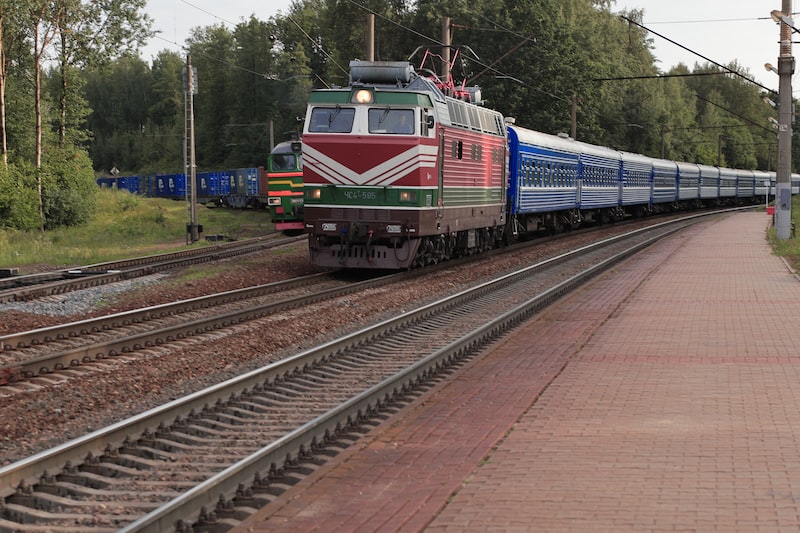EN 13231-1: Part 1: Works on ballasted track – Plain line, switches and crossings standard

EN 13231-1: Part 1: Works on ballasted track – Plain line, switches and crossings standard is a crucial document for professionals in the railway industry, particularly engineers and technical personnel involved in the design, construction, and maintenance of railway tracks. This standard provides comprehensive guidelines and specifications for the implementation of ballasted track systems, covering plain line sections as well as switches and crossings.
1. Importance of EN 13231-1: Part 1:
EN 13231-1: Part 1 sets forth the essential requirements and technical provisions to ensure the safe and efficient operation of ballasted track systems. It promotes standardization and uniformity in construction practices, enhancing interoperability and reliability across different rail networks. Compliance with this standard helps to minimize risks, optimize track performance, and maximize passenger safety.
2. Scope and Contents:
EN 13231-1: Part 1 covers various aspects related to ballasted track works. It addresses elements such as track geometry, substructure, drainage, materials, and construction methods. The standard provides detailed guidance on the design and construction of plain line sections, including parameters for alignment, gradient, superelevation, and vertical profile.
Moreover, EN 13231-1: Part 1 deals extensively with switches and crossings, which are critical components of any rail network. It presents specifications for the layout, geometry, clearances, and function of turnouts, crossovers, and diamond crossings. Additionally, the standard covers topics like track stability, insulation, and the use of specific materials in switches and crossings.
3. Technical Considerations:
EN 13231-1: Part 1 emphasizes the importance of maintaining track quality and stability. It outlines standards for track deflection, stiffness, and resilience to ensure proper load distribution and reduce the risk of derailment. The document also addresses issues related to track gauge, lateral resistance, and track fastenings.
Furthermore, EN 13231-1: Part 1 provides guidelines for appropriate track drainage to prevent water accumulation and subsequent damage. It covers aspects such as sub-ballast, side slopes, ditches, culverts, and surface drainage systems. Proper drainage is essential to maintain the stability and long-term performance of ballasted tracks.
4. Summary Usage:
Professionals in the railway industry should refer to EN 13231-1: Part 1 as a primary source of guidance when designing, constructing, or maintaining ballasted track systems. The standard ensures that engineers and technical personnel follow best practices and adhere to predefined specifications, resulting in safe and efficient railway operations. Compliance with this standard helps to avoid costly mistakes, reduce maintenance requirements, and enhance the overall durability and reliability of railway tracks.
In conclusion, EN 13231-1: Part 1: Works on ballasted track – Plain line, switches and crossings standard is a vital resource for professionals involved in the railway industry. Its comprehensive guidelines cover various aspects of ballasted track construction, including plain line sections and switches and crossings. By following the provisions outlined in this standard, engineers and technical personnel can ensure the safe and efficient operation of railway tracks.
To access EN 13231-1: Part 1 and obtain detailed information about its technical requirements, it is recommended to refer to the official document provided in PDF format. You can download the standard from reliable sources or consult relevant railway industry organizations for access to this important resource.






